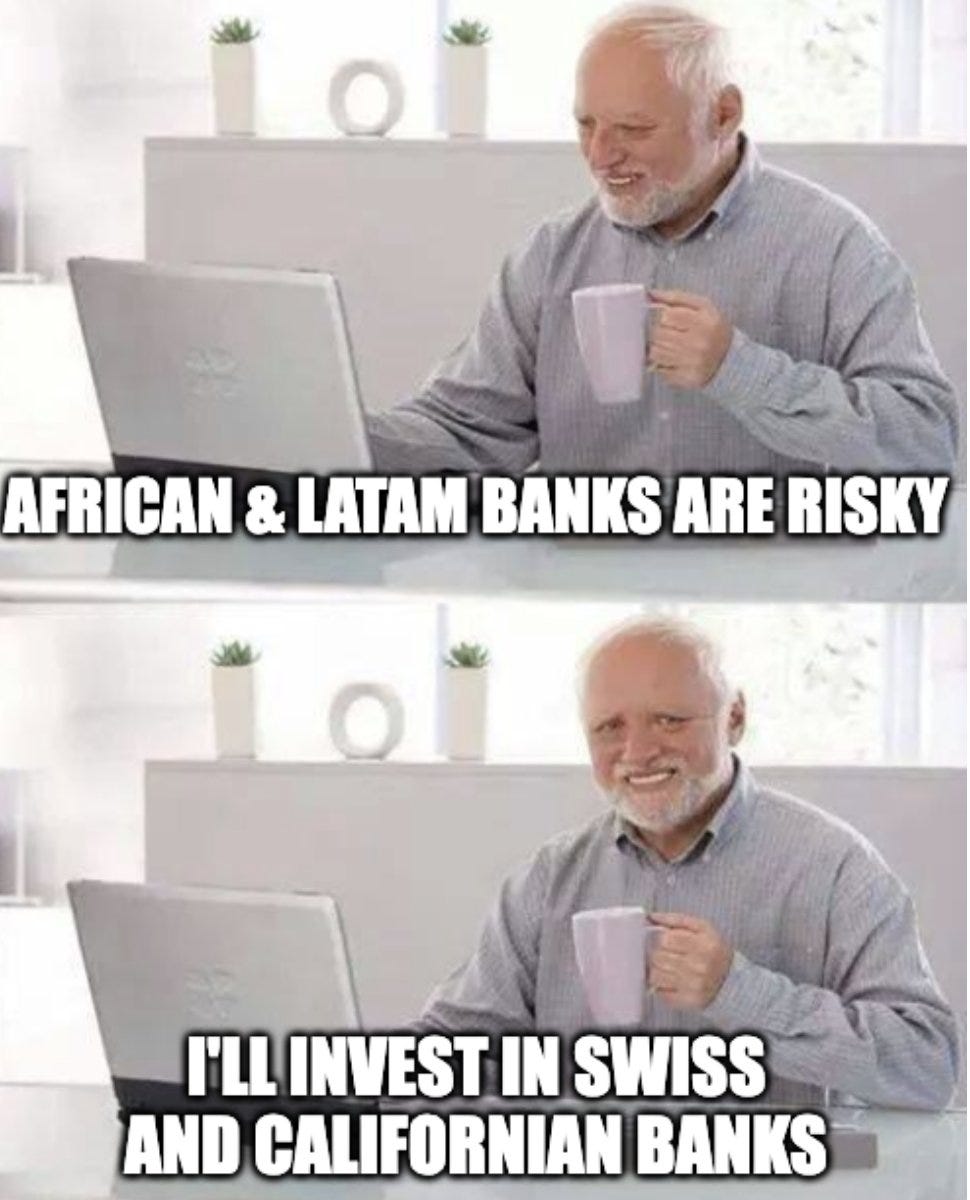Doubt is not a pleasant condition, but certainty is absurd. Voltaire, (HT, Tim Price).
We enter Q4 with several varieties of uncertainty in contention for the "equity risk factor of the year" award. Geopolitical tensions, fiscal challenges, economic growth imbalances, uncoordinated monetary loosening, and commodity and FX volatility are all featured in the "known unknown" category. August reminded us that the yen carry trade lurks below the surface of the world's non-bank debt funding. Then, in September, dollar weakness, prompted by the start of a Fed rate-cutting cycle, threw a lifeline to emerging markets largely forgotten after a decade of underperformance.
In particular, China chose this moment to up its fiscal stimmy game with a volley of "whatever it takes" policy messaging. Its monetary and fiscal authorities have attempted to revive confidence in China's faltering economy and seemingly toxic equity market through increasingly bold initiatives. The resultant valuation spike led one global investor to report that Chinese stocks had gone from uninvestable to FOMO in a week.
However, amid growing scepticism and renewed dollar strength, China has yet to quantify the scale of its bazooka. What does all this mean? Have we just witnessed a short-covering spike in EM risk, or is global capital about to rebalance towards those markets that account for 85% of the world's population? Are emerging markets re-emerging?
Let's tour the asset class, the financially privileged lazily bucket as developing economies and emerging markets.
First, some definitions: emerging markets (EMs) are akin to football's Championship division of global markets. The Premier League comprises the 23 Developed Market (DM) countries. EM comprises 24 countries in the next league down. The following 28 are classified as Frontier Markets (FMs) like the Vauxhall Conference was. The remaining 120, more than 60% of the world's countries, are unclassified or denoted "stand-alone markets", and to bleed the football analogy to near death, these are the world equity market pub teams.
How have these lower-division markets performed? Well, the answer is not too well. If you were to assume that these lower division markets were riskier, then based on the last decade or so, you shouldn't have bothered. There has been no corresponding reward. Take the largest EM, China. If you invested in the MSCI China index 30 years ago, your investment would be broadly unchanged in nominal terms despite the near 20x GDP growth from that economy, demonstrating, if needed, that an economy is not its equity market. Other factors are at play.
DMs have not handled the economic challenges of recent years any better than EMs. Indeed, many well-known economic issues that have challenged most countries in the last few years, such as inflation, supply chain disruption, and rising indebtedness, have been better handled by EM policymakers than their DM counterparts. Brazil's central bankers didn't try to dismiss the setup of monetary inflation it faced in 2021 as transitory. In the 20 months from February 2021, it raised rates from 2% to 13.75%, a full year before the Fed moved.
Sovereign debt is another area where EMs have had to cope with greater uncertainty and consequently learnt debt management strategies that distinguish many of them from today's DM governments, many of which have rapidly increasing debt-to-GDP ratios, slowing growth, and declining demographics.
Of course, none of this means a rational investor should go all-in on EM, FM or pub team risk. As investors in cheap Russian stocks like Sberbank and Gazprom learnt in 2022, property rights and political risk need to be gauged and understood. In many ways, today's Russia is China, and critically, the question is, what would happen if the CCP decided to invade or blockade Taiwan?
The investment case for Chinese equities is probably the fiercest debate among global investors today. Are Chinese stocks a generational enrichment opportunity or toxic sham equity overlaid with existential political risk?
Louis-Vincent Gave, co-founder of Gavekal, thinks the former:
Chinese people are now starting to repatriate some of their money, and with that, the drivers of the bull markets are shifting. They're shifting from the Mag 7 into cyclicals outside of the US. While years might be a long time, it plays out for the next 12 to 18 months.
Duncan MacInnes at Ruffer is also optimistic about China:
The Federal Reserve then announced 50 basis points of interest rate cuts and the beginning of a cutting cycle, finally giving space to China to cut its own interest rates and announce broad policy stimulus without having to fear currency weakness. For China, this is the equivalent of Mario Draghi's 2012 'whatever it takes' moment, and its markets are beginning to reflect that... we see no need to say goodbye to the portfolio's China exposure - this could be just the start.
Hedge fund manager David Tepper of Appaloosa Management is confident this is a turning point for China:
Meanwhile, maverick investor Barry Norris of Argonaut believes the China shop already has too many bulls for comfort. He states that what others term a bazooka is, in reality, no more than a popgun. He thinks that the PBOC's mainlining of liquidity directly into Chinese equities was a deliberate attempt by policymakers to make things look good for the CCP's 75th birthday celebrations and engineered a short squeeze for effect.
However, maybe none of this matters. As Alex Sweet from Sweet Stocks and Adam Rackley from Cape Wrath know, making money from equities involves having a wide choice of distinctive stocks and a reliable valuation methodology to form the backbone of investor conviction. This maxim applies whether you are predominantly a growth or value-driven investor. It is the stock picking that counts.
Indeed, Leila Kardouche, EM veteran and managing partner at Variis Partners, approaches the EM universe by picking high-quality companies. As she noted in a recent conversation, EMs are a great hunting ground for world-class companies such as TSMC, Mercado Libre, and Nubank. She believes exploiting the EM opportunity combines focus and diversification. A focus on a handful of quality companies (with the moats, good management, and insider share ownership that Alex Sweet would recognise as good signs) combined with sufficient stock diversification to overcome political and other EM risks.
The lower leagues of global stock markets contain many listed companies. More than 55,000 are estimated globally. Of these, the MSCI EM Index only covers 1,400. While Leila doesn't confine herself and her team to the index constituents, they are looking to invest in as few as 20 to 30 stocks out of a screened watch list of about 120 names. This opportunity represents an ocean in which to fish.
My parochial approach to investing, mainly in the UK and within that mainly in smaller stocks, is overly limiting. I have limited my investing to areas where I have domain knowledge, and as I grow older, I realise this domain gets smaller.
Next month, I am taking a trip to Argentina to enjoy some great steaks and red wine; however, while there, I also plan to try and widen my domain knowledge in a critical EM economy, one that 100 years ago would have featured as the world's wealthiest but just might have been rescued from the pub leagues by a man with a chainsaw and a plan to dismantle its state apparatus. Albeit, I am more confident about picking a decent Malbec than a decent stock.
Here is a preview of my next ITCOM chat, Navigating Emerging Markets with Leila Kardouche of Variis Partners:






